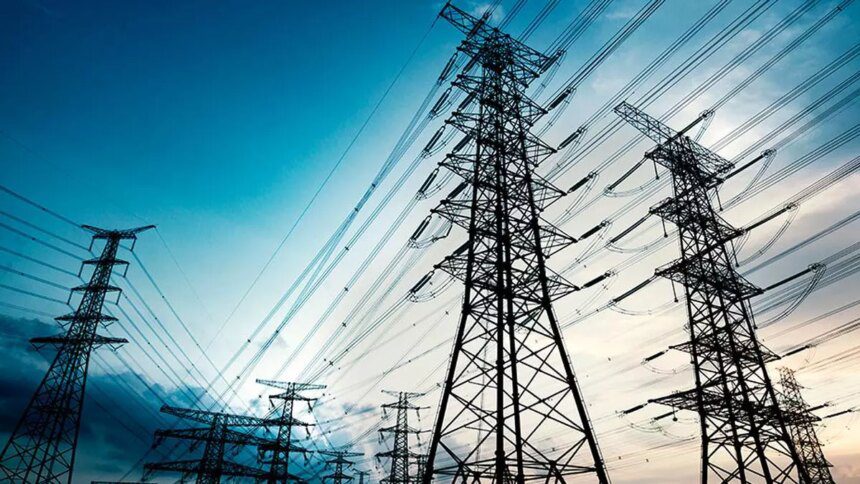The Central Electricity Authority (CEA) has projected that India would need to invest ₹9.16 lakh crore in building new transmission lines between 2023 and 2032. This massive investment requirement highlights the need for the private sector to play a significant role in expanding the power transmission infrastructure in the country. While the private sector currently operates in limited areas, there are challenges in expanding its presence in the transmission business.
To address this issue, the CEA organised a meeting in December 2024 to discuss the ‘monetisation of transmission assets’. The outcome document of the meeting outlined two models for monetisation – InVITs (investment trusts) and AOMT (acquire, operate, maintain, transfer), with the former being the preferred option. Power Grid Corporation of India Limited (PGCIL), a major public sector player in power transmission, has already monetised five transmission assets through InVITs and highlighted the robust regulatory framework overseen by SEBI as a key factor in attracting investors.
However, there are challenges associated with monetising transmission assets, including uncertainty over tariff changes, tax implications, and manpower redeployment. To encourage private sector participation, participants at the meeting called for a transparent bidding process, certainty in consultations with regulators, treatment of pre-existing litigation related to transferred assets, treatment of existing human resources, and payment security.
The Ministry of Power suggested that the selected assets should be litigation-free and proposed that in states where investor confidence regarding payment security is lacking, PSUs could manage the bidding process and enter into agreements with state governments and service providers to ensure payment security.
Overall, the monetisation of transmission assets presents a significant opportunity for private sector involvement in enhancing India’s power transmission infrastructure. By addressing key challenges and creating a conducive environment for private investment, the country can bridge the gap in transmission infrastructure and meet its growing energy demands in the coming years.










